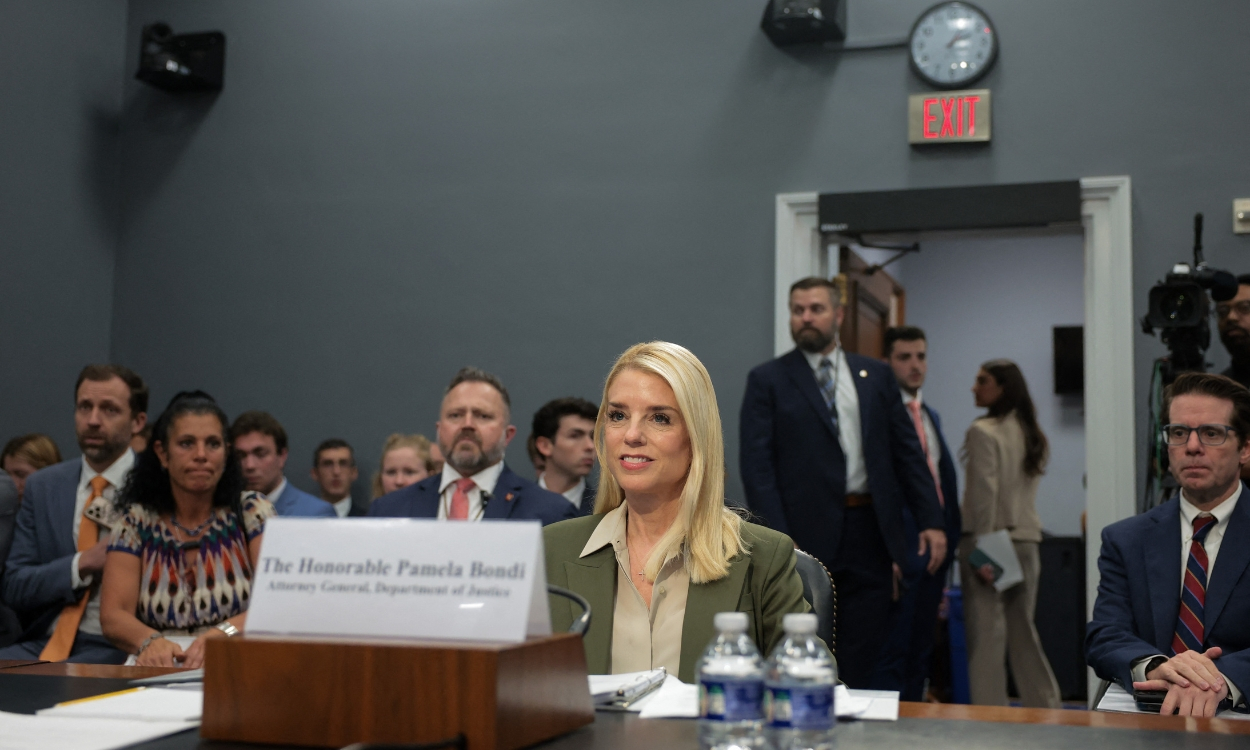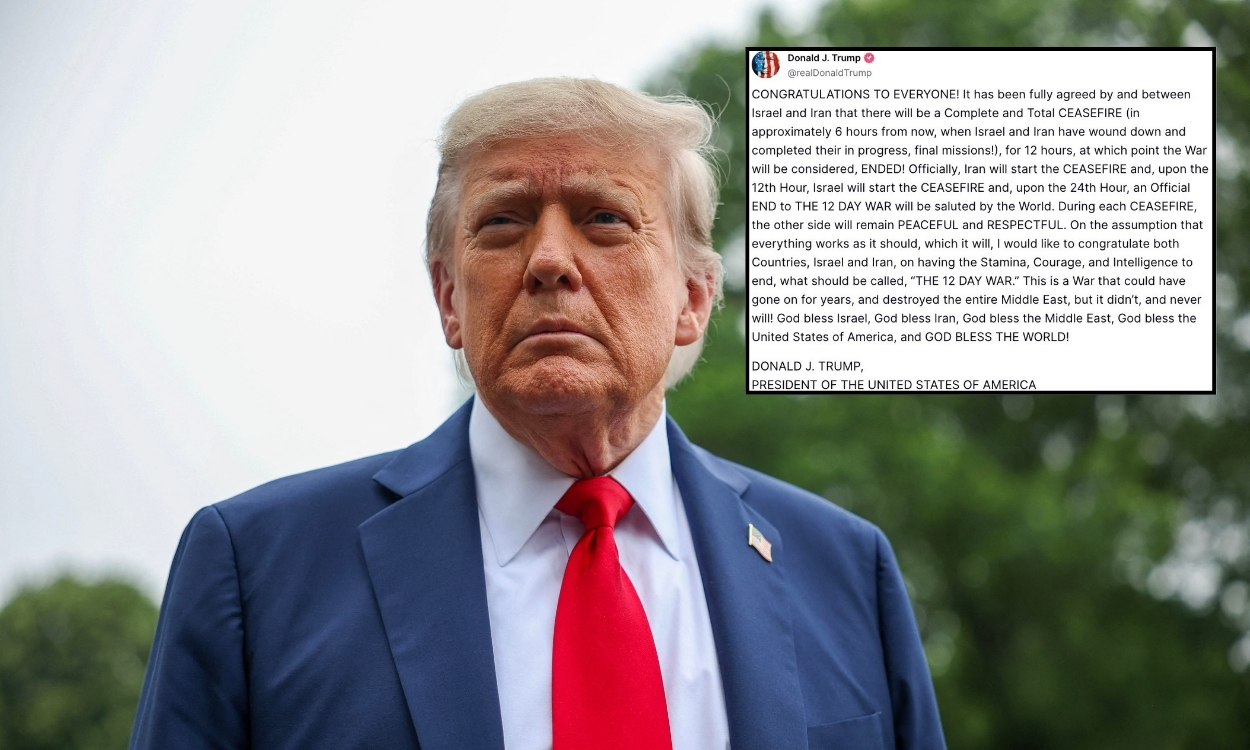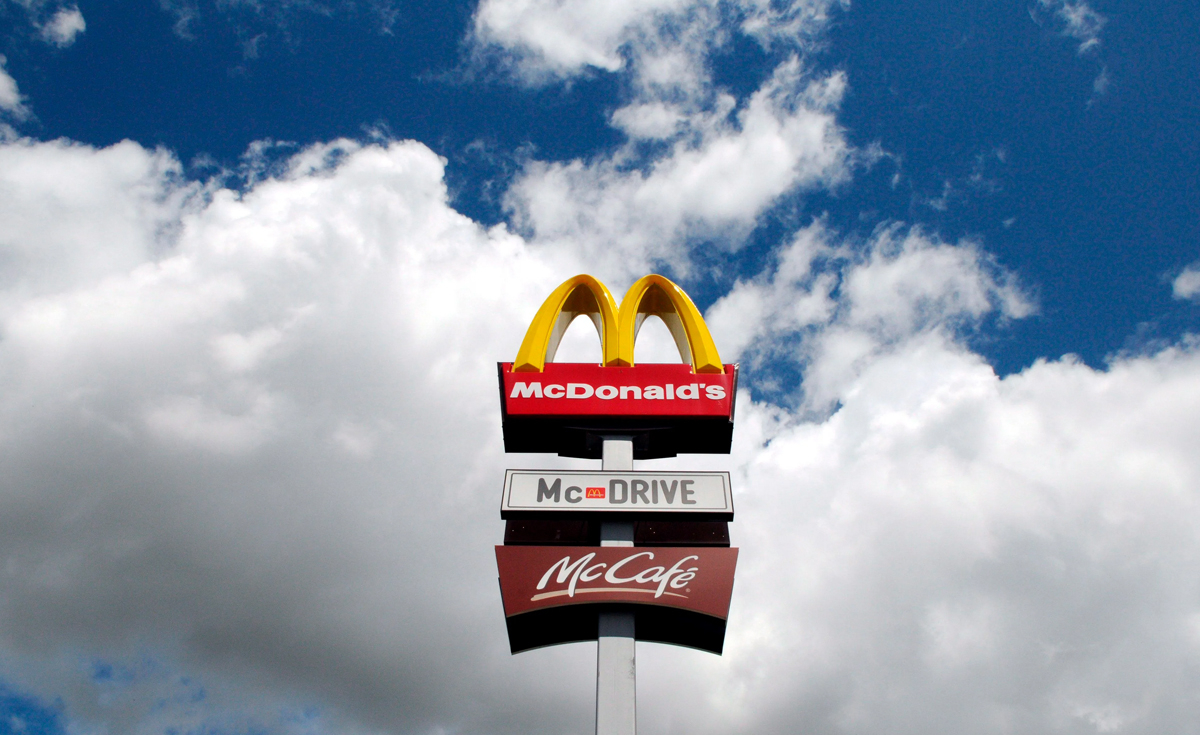Toxic metals found in U.S. rice samples: arsenic, cadmium, lead, and mercury detected
A new study reveals that rice sold in U.S. stores contains toxic heavy metals, including arsenic, found in 100% of samples.

"Healthy Babies, Bright Futures" an organization created with the goal of reducing the exposure of toxic chemicals to babies, has recently published a report in which it shows that toxic heavy metals like arsenic, cadmium, lead, and mercury were found in every sample of rice from across the U.S.
The rice samples, which were collected from stores in major cities in the U.S. like New York City, Los Angeles, and Miami, all contained with these metals.
Arsenic in rice report
According to the report, the study analyzed 145 well-known rice brands, including, but not limited to, Trader Joe’s, Ben’s, and Goya; and all of them presented heavy metals. More importantly, one in four samples exceeded the U.S. Food and Drug Administration’s (FDA) arsenic limit for infant rice cereal, which is 100 parts per billion (ppb), but it does not apply to the rice commonly consumed by families.
The tested samples ranged from 63 to 188 ppb, some brands even reached 240 ppb. While arsenic was the most common heavy metal found in the samples, cadmium followed right after, with lead and mercury trailing farther behind.
Why is arsenic in rice so dangerous?
The Environmental Protection Agency (EPA) identified inorganic arsenic as a carcinogen, which means it has the potential to cause cancer. Additionally, both the FDA and the National Institutes of Health, warn that exposure to this kind of arsenic can have severe health effects, especially in babies and toddlers.
However, despite these warnings, the FDA still has not established any limits for arsenic in rice consumed by the general population.













